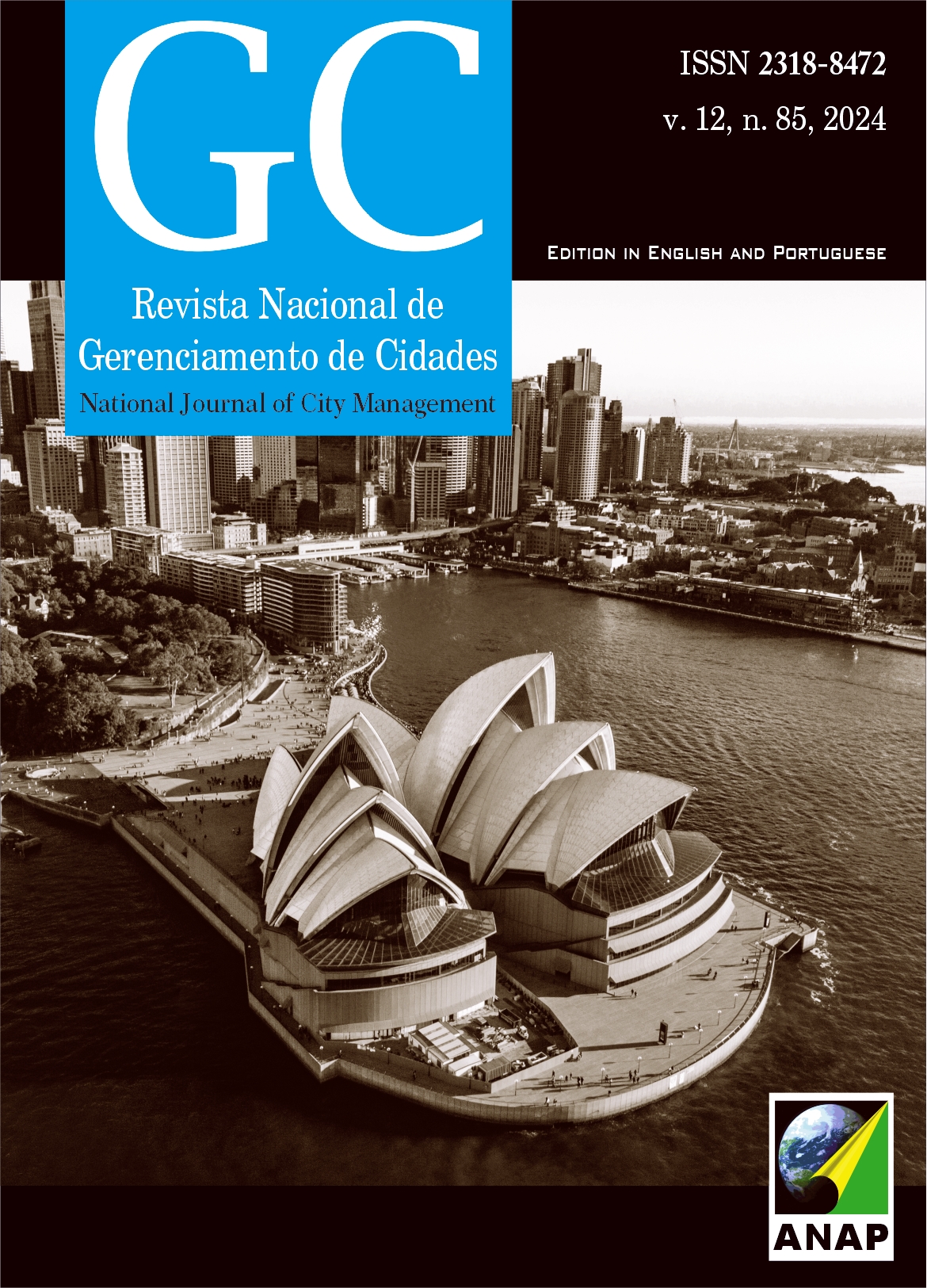Palma Farm: characteristics of a Latvian community in the hinterland of São Paulo
DOI:
https://doi.org/10.17271/23188472128520244861Abstract
This text discusses the architecture and daily life of Palma Farm, established from 1923 by Latvian immigrants in the district of Varpa, Tupã (SP), emphasizing the importance of both work and life pattern based on mutual aid, rooted in primitive Christianity, and propagated by the Baptist Church, shaping the overall structure. The farm was distinct from the rural environment of São Paulo at that time, dominated by coffee farming and Catholicism. The buildings were communal and constructed, wholly or partially, from wood. After a period of decline, remains of the structures, documentation, and movable assets are been restored and opened for visitation as part of Tupã's tourist itinerary. Towards documenting and analyzing its architecture and way of life, this research involves photographic and metric surveys of the remaining buildings, interviews with individuals connected to the place, and analyses primary documents and related literature, with a focus on authors such as Milia Tupes, Osvaldo Ronis, and Henrique Manoel da Silva.
Downloads
Published
Issue
Section
License

This work is licensed under a Creative Commons Attribution-NonCommercial-ShareAlike 4.0 International License.















